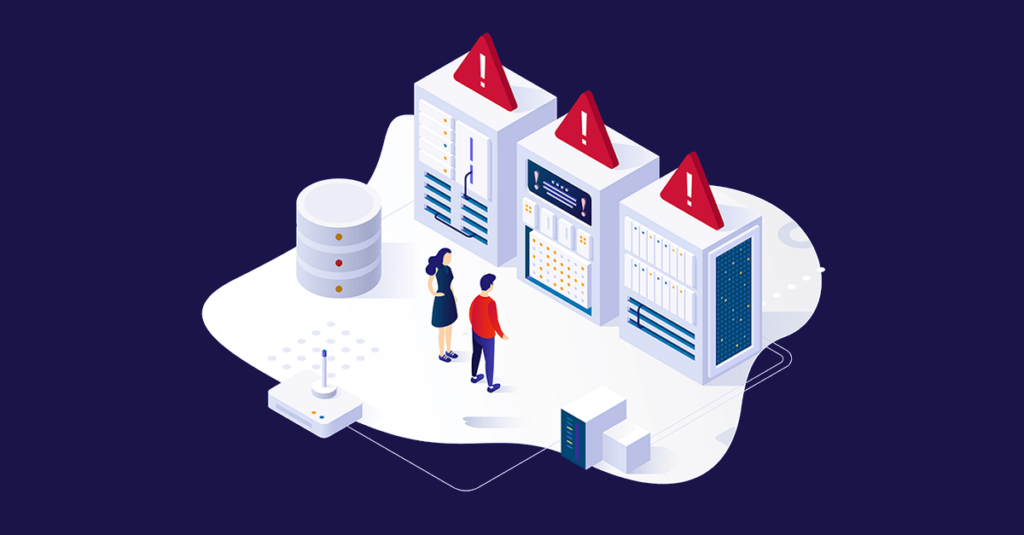
Introduction: In the ever-evolving world of cloud computing, disaster recovery (DR) has become a critical consideration for businesses. Microsoft Azure, a prominent cloud platform, offers various options for disaster recovery to ensure data integrity, availability, and business continuity in the face of unexpected disruptions. In this blog post, we will delve into the different types of disaster recovery solutions available in Microsoft Azure, highlighting their features, benefits, and use cases.
1. Azure Site Recovery (ASR): Azure Site Recovery is a comprehensive disaster recovery solution that allows organizations to replicate on-premises workloads and virtual machines to Azure. It provides the capability to replicate data across regions, ensuring data redundancy and failover options. ASR supports a range of scenarios, including on-premises to Azure, Azure to Azure, and even cross-region failovers.
Benefits:
- Business Continuity: ASR helps maintain operations during outages, minimizing downtime and ensuring continuity.
- Automated Recovery: Failover and failback processes are automated, reducing manual intervention and minimizing recovery time objectives (RTOs).
- Cost-Efficient: ASR eliminates the need for redundant hardware and data centers, potentially reducing costs.
Use Cases:
- Datacenter Failover: In the event of a datacenter failure, ASR can help swiftly shift operations to Azure with minimal disruption.
- Dev-Test Environments: Developers can create replicas of production environments in Azure for testing purposes.
- Migration: ASR can assist in seamless migration of workloads from on-premises to Azure.
2. Azure Backup: Azure Backup is a reliable data protection solution that allows organizations to securely back up their data to the Azure cloud. It offers scalable storage and eliminates the need for maintaining on-premises backup infrastructure.
Benefits:
- Data Protection: Regular backups safeguard critical data from accidental deletions, hardware failures, and ransomware attacks.
- Flexibility: Azure Backup supports backup of virtual machines, applications, and files, providing a versatile solution for different data types.
- Long-Term Retention: Organizations can retain backups for extended periods, meeting compliance and regulatory requirements.
Use Cases:
- File and Folder Recovery: Users can recover specific files or folders that might have been accidentally deleted.
- Application Consistency: Backups capture application-consistent snapshots, ensuring data integrity during recovery.
- Ransomware Recovery: In the unfortunate event of a ransomware attack, organizations can restore their data from clean backups.
3. Azure SQL Database Geo-Replication: For businesses relying heavily on databases, Azure SQL Database Geo-Replication offers a disaster recovery solution tailored to databases hosted in Azure. It enables asynchronous replication of databases to secondary regions.
Benefits:
- Minimal Data Loss: Geo-replication minimizes data loss by replicating changes asynchronously to a secondary region.
- Quick Failover: In the event of a primary region outage, failover to the secondary region can be executed quickly.
- Read-Only Secondary: The secondary database can be used for read-only workloads, improving application performance.
Use Cases:
- Database Outages: When the primary database experiences an outage, the secondary database can take over seamlessly.
- Scaling Read Workloads: Offloading read-intensive workloads to the secondary region enhances performance without affecting the primary database.
Conclusion: Microsoft Azure offers a range of disaster recovery solutions to cater to diverse business needs. Whether it’s replicating workloads to Azure, protecting critical data with backups, or ensuring the availability of databases through geo-replication, Azure provides tools that empower organizations to prepare for and mitigate the impact of potential disasters. By understanding the types of disaster recovery solutions available and their respective benefits, businesses can make informed decisions to safeguard their operations and maintain continuous service delivery, even in the face of unexpected disruptions.
